Although they thrived over two millennia ago, the Celts have had a significant influence on our lives today. From farming techniques and way of living to warfare and culture, these people from Northern Europe were truly revolutionary for the time.
10. Soap

It is uncertain who originally invented soap, with the Celts and their neighbors, the Romans both accusing each other of copying. However, the Celts invented the process of soap-making using animal fat and plant ashes into the shape of a ball. This mold influenced the idea of a bar of soap which we use now.
The origins of the word “soap” are derived from the Celtic word “saipo,” coming from the Latin word “sebum,” meaning fat or tallow. Their best quality “saipo,” as it was called, came from beechwood ash and goat fat. The Roman historian Pliny the Elder believed this certain type of soap to be: “an invention of the Gauls for giving a reddish tint to the hair.” However, some historians think that this was a pomade made from un-saponified and alkali, instead of a soap for hygiene.
9. Chainmail
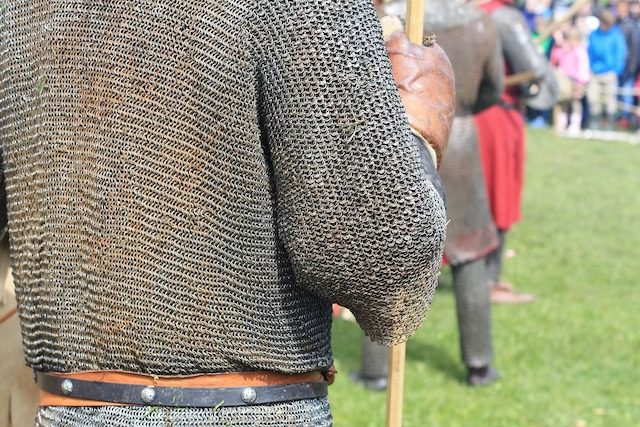
During the third century BCE the Celts, who had the most superior iron craft in Europe at the time, invented chainmail. This type of armor was made from thousands of circles of iron, brass or steel linked together, the ends of which were either pressed together, welded or riveted. Although chainmail weighed around 32 pounds (14.5kg), it is distributed proportionally over a soldier’s body. Therefore, chainmail not only gave a soldier relatively good protection but also allowed for adequate mobility, unlike other armors used at the time such as the bronze cuirass.
Other advantages of chainmail were that it was relatively not that difficult to make and repair at a cheap price. In addition, chainmail was easy to fit on men, of all shapes and sizes, due to the simplicity of its design. However, chainmail came with its disadvantages also; a pointed weapon such as an arrow or spear could slip through one of the chain links, and with continued force, widen the iron circle allowing for penetration of the body.
Romans, being Romans, adopted the chainmail, realizing its potential when fighting the Celts. Thus, chainmail remained the basic armor of Roman infantrymen until the first century CE. Chainmail continued to be a respected and popular armor choice throughout the following Middle Ages, making it an iconic piece of protection in history.
8. The Horseshoe
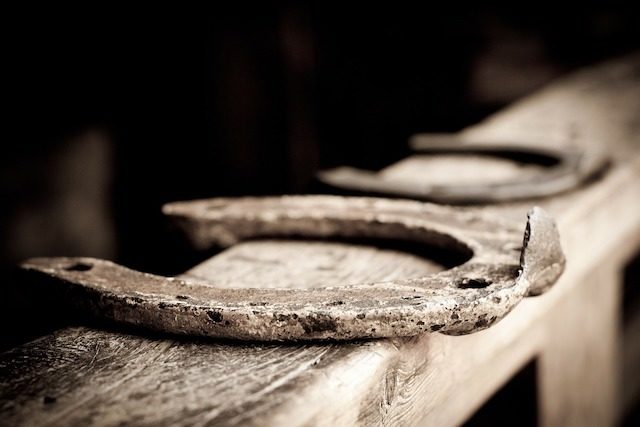
Although no one knows for sure when the horseshoe was invented or by whom, the traditional view is that the Celts did around 100 BCE. The northern type horses, which the Celts rode, had broad feet; therefore, they were subject to wear, so horseshoes were extremely useful to the Celts. But these horseshoes were primarily used to prevent the horse from skidding, especially on snow (which was frequently on the ground in the northern climate of the Celts), thus the horseshoe made traveling much easier.
The Celts’ neighbors, the Romans, had a contraption of their own called the “hipposandle.” These leather and metal horseshoes were much more inefficient than the Celtic ones that could only be used with horses moving at a walk, which is not much use in battle. The Romans re-developed the Celtic horseshoe around 200 CE to something closely resembling a plain modern shoe.
7. Halloween

Originally, Halloween was a Celtic festival known as Samhain (pronounced “sah-ween”), meaning “summer’s end.” The naming was due to the festival marking the beginning of winter, a time of the year that was often associated with human death.
The Celts believed that on October 31, the boundary between world of the living and the dead was at its thinnest and so the spirits of the dead mingled with the living, hence why Halloween has strong connotations with death and the undead. The spirits supposedly caused trouble and damaged crops but also made it easier for druids (Celtic holy-men) to make predictions about the future.
During the festival, people gathered for animal sacrifices and offerings of fruit and vegetables. The Celts, to aid the dead on their journey and keep them away from the living, lit bonfires much like we do today.
Over the 400-year rule of the Celts, two Roman festivals, Feralia and a day of honoring to Pomona, (the Roman Goddess of fruit and trees) combined with the traditional Celtic celebration of Samhain. Pomona’s symbol is the apple, hence why we have the tradition of “bobbing” for apples on Halloween.
By the 9th century CE the influence of Christianity blended with the older Celtic rites and in 1000 CE the church made November 2 “All Souls’ Day.” This was celebrated similarly to Samhain and began to be called “All-hallows Eve,” eventually becoming Halloween.
6. The Iron Plow
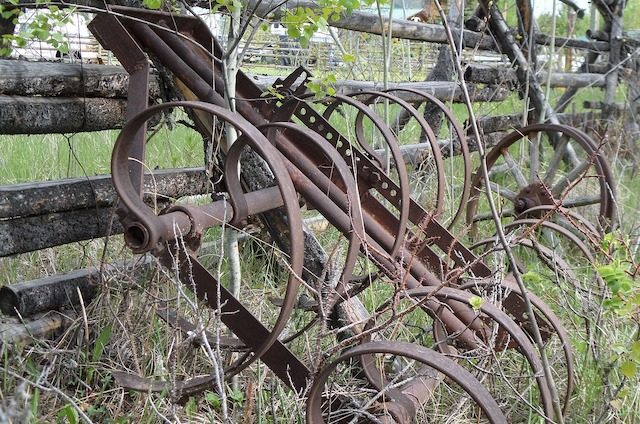
Before the Celtic plow, a plow known as an “Ard” or “Scratch plough” was used to clear rocky soil and make seed drills. However, they were inefficient at clearing new land, with other tools such as hoes and mattocks needed to pull up grass and undergrowth.
By the first century BCE, Belgic tribes from the south of England had improved the Ard. This new plow had an iron plowshare, which meant that it could move soil to one side. They were much more effective than previous models; however, they required a team of 8 oxen to be pulled due to their heavier weight. Consequently, they were hard to turn and thus Celtic fields were famously long and narrow.
The Romans are credited in introducing the coulter (a vertical cutting blade fixed in front of a plowshare) to the Celts, though the earliest example of one was found at the Iron Age fort of Bigbury, Kent. Pliny himself, in fact, noted that the Celtic plow was superior to the Roman type, which it eventually replaced.
5. Druidism
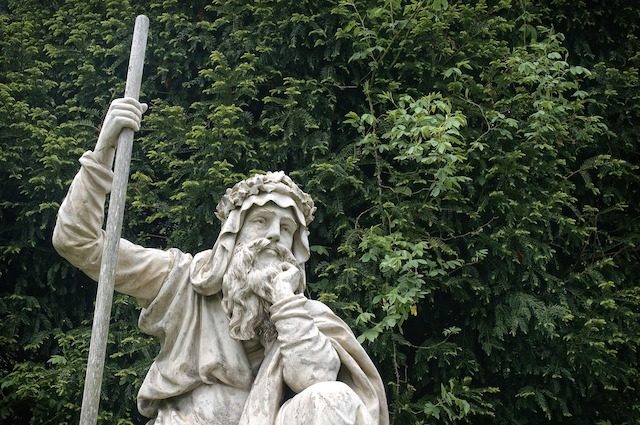
The earliest written reference of druidism dates back around 2400 BCE, but the origins were much earlier than this. Julius Caesar claimed that it originated from Britain and spread throughout Northern Europe.
Druids were considered among the most important people within Celtic society and were equal to Celtic noblemen. There were three types of holy men within the Celtic religious system:
- The Bards: They knew the songs and stories of a tribe
- The Ovates: They were the healers and seers (someone who can supposedly see visions of the future)
- The Druids: They were the philosophers, judges and teachers
Druids were known to have taken charge of public and private sacrifices as well as judging quarrels, deciding the punishments for them. These Sacrifices, as Nicolas Cage witnessed in The Wicker Man, involved (no, not the bees) erecting huge wickerwork images filled with living men (who were often innocent) and then burned.
Becoming a Druid was seen as a very attractive lifestyle for many Celts, for many reasons such as power within society and the fact that Druids abstained from warfare. People still practice Druidism today, with many rituals taking place at Stonehenge, Wiltshire.
4. Torcs
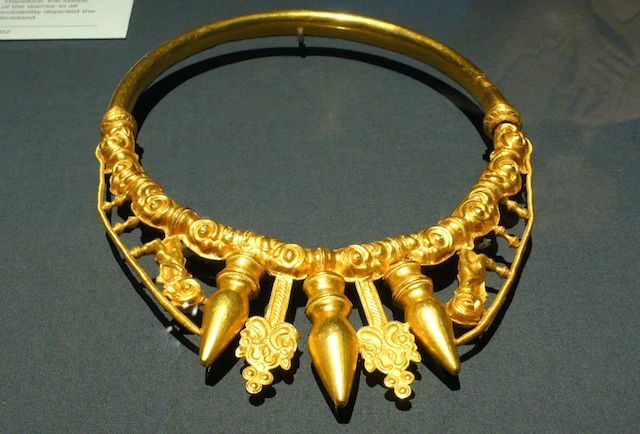
A “torc” (aka “torque” or “torq”) is a metal ring placed around the neck, usually to be worn permanently. These pieces of jewellery were usually made of bronze, silver and gold. The Celts loved to show off with their jewelry. The Greek philosopher Poseidonius described them as having traits “of childish boastfulness and love of decoration.” Unsurprisingly, he was a stoic.
In fact, jewelry such as the “torc” showed a person’s status in society, and they also supposedly had supernatural powers for the Celts. These metal neck-bands became symbols of strength and Celts have been depicted wearing them during a battle in paintings such as the Dying Gaul. This was not the best idea, as they were notoriously large and heavy to wear.
3. Coligny Calendar
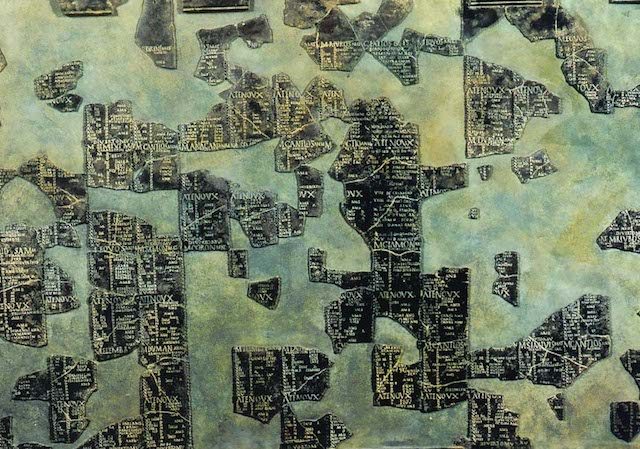
The Celts were certainly not stupid people (except those who supposedly ran into battle naked, which is not recommended) and they invented their own way of telling what time of year it was using a calendar.
The Coligny calendar works much like most lunar calendars, with 12 months of 29 or 30 days, and each year being 354 days. In order to counteract the months getting earlier each year in comparison to the seasons, an extra month is added around every 2.5 years.
This Celtic calendar ran on cycles of 30 years, which was split into periods of 5 years with 62 months (including the extra 2 months). Note that during the 6th final period of the 30 years only 1 extra month is added rather than 2.
The 12 months of the Coligny calendar were:
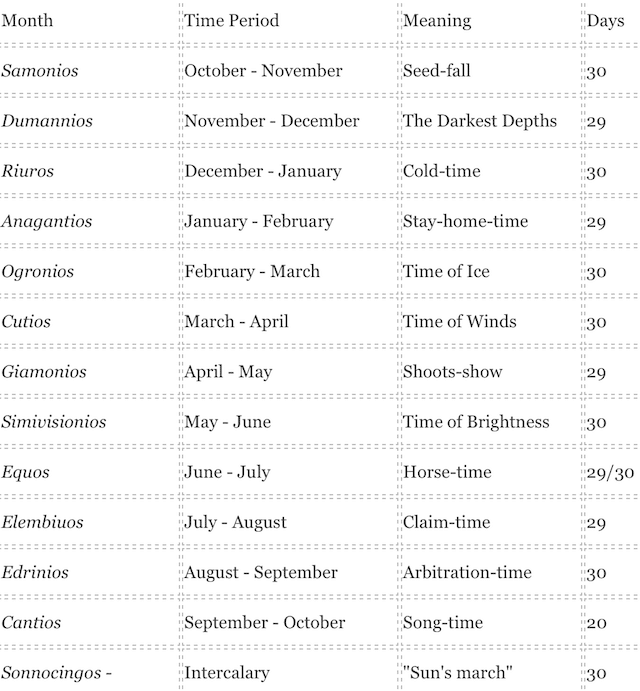
2. Beltane
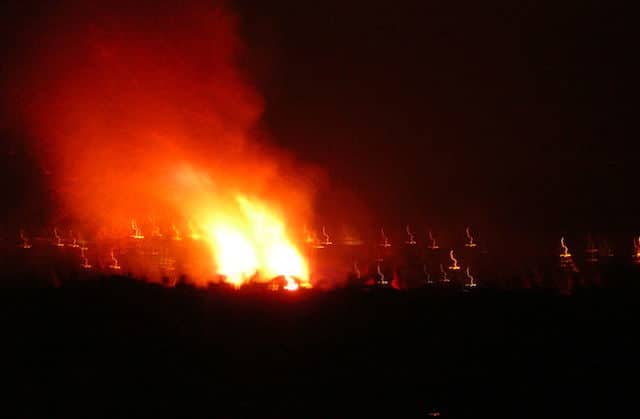
Beltane (or Beltain) is another Celtic festival that was celebrated around May 1. Beltane was generally a positive occasion as it marked the end of summer and the fertility of the coming year. On this day, events would include courting between young people, who collected blossoms and lit fires in the evening, in the hope of success. In fact, Beltane is believed to be a sexual festival, with rituals implying sex and fertility.
The name is a Celtic word meaning “Fires of Bel[enos],” or “Fires of The Bright One.” Hence, he was the Celtic God of the sun. This explains why fires were lit on the day and cattle, who were released from their winter quarters, were driven between two fires while people leapt over them in a ritual cleansing ceremony.
1. Weird Myths
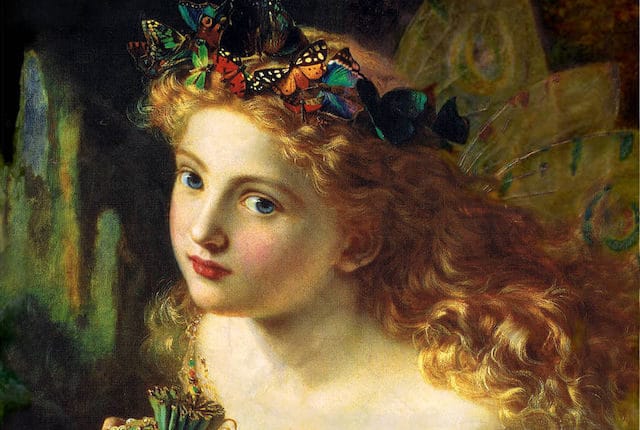
There are not many inventions greater than the stories created by people, and the Celts were certainly no exception in the weird and wonderful world of myths.
Many creatures were believed to have existed, including the much-dreaded Banshee, a woman in bloody clothes shrieking whenever she was seen. It was believed that she carried with her an omen of death. In fact, even King James I of Scotland supposedly was approached by one. Faeries (Irish spelling of fairy) were another Celtic mythological creature, who were notoriously mischievous yet beautiful and hard to resist.
Many stories were made by the Celts, often linked with their deities and mythological creatures to explain natural events such as seasonal change, with festivals like Samhain and Beltane formed to honor these unexplainable happenings.
2 Comments
I think you meant to say that Beltane marked the end of Spring, not summer.
To view photos visit: saatchiart (dot) com (forward slash) richardmcsweeney